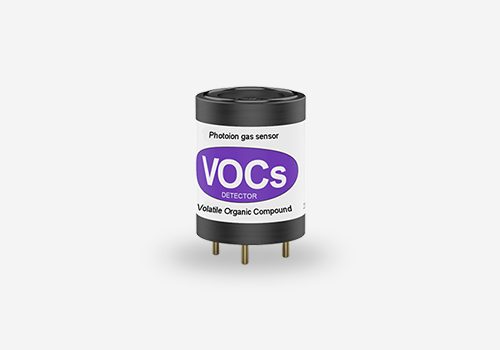PID Sensors
A Photoionization Detector (PID) is a gas detector measures volatile organic compounds (VOCs), such as benzene, and other gases. Primarily used to monitor potential VOCs exposure for workers in industrial, military, and manufacturing facilities, they are useful for industries with the potential for spills or leaks of hazardous materials, oil, or gasoline.

Engineers its PID to detect a variety of organic compounds. These gas detectors provide effective, reliable performance in a broad range of applications.
How PID Gas Detectors Work
An JXCT PID sensor features an ultraviolet lamp that emits photons. The compound inside an ionization chamber then absorbs the photons. Photoionization occurs when an atom/molecule absorbs light from energy, which insufficient levels causes an electron to leave, creating a positive ion. Ions produce during this process are collected on electrodes, and the current generated provides a measure of the analyzed substance.

The PID sensor can measure the electrical current, and converts this to the concentration of VOCs present. It detects only certain VOCs and will not pick up gases in the air like carbon dioxide. Because only a small fraction of the analyte molecules are actually ionized, this detection method is nondestructive. It can be used in conjunction with another detector to confirm analytical results.
Request a quote on the PID detector you need, contact to jxiotdz@gmail.com order to learn more.
Advantages of PID sensors
Gas detectors like PID sensor provide many advantages; the most important advantage is the safety of workers. A PID detector is ideal for oil and gasoline spills, leaking cylinders or gas valves, hazardous materials incidents, and other emergency leak situations.
VOCs are toxic and often combustible materials that can endanger workers, even in low concentrations. For additional safety, a photoionization detector should be installed in every industrial facility that could be exposed to VOCs.
PID gas monitors are:
Cost-effective gas detectors
Simple to use and easy to install
Able to provide almost instantaneous results
Able to detect low concentrations of VOCs
